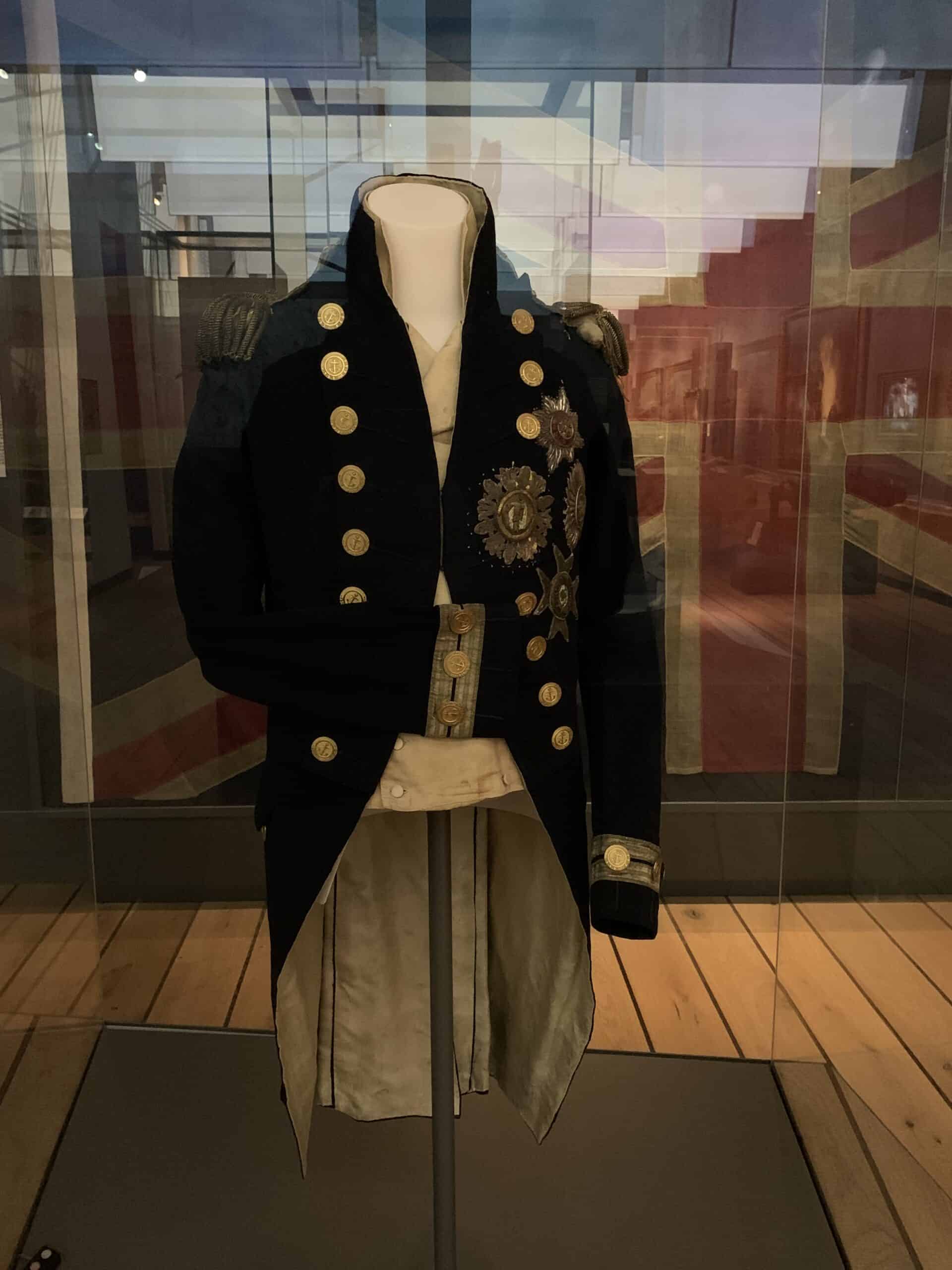
The National Maritime Museum is located in Greenwich, an area linked to the sea and navigation since ancient times: a landing point for the Romans and the place of origin of the British navy.
It was inaugurated in 1937 by King George VI and, since then, has collected the most important assets of Britain’s maritime history with more than two million objects including maritime art, cartography, ship models and navigation instruments.
Until the eighteenth century, travelling by ship on the Thames was the fastest way to move but from the following century, thanks to the construction of numerous London roads, the river was used less and less frequently.
A wing of the first floor is dedicated to naval figureheads dated between the eighteenth and nineteenth centuries. They come from warships including Her Majesty’s ships Ajax, London and Bulldog. The figureheads present represent mythological, historical or fantastic characters and animals.
In a dedicated room, there is the uniform of Admiral Nelson worn in the fatal battle of Trafalgar. On the left shoulder of the uniform, you can see the bullet hole that caused his death.
Another important section of the Museum is dedicated to the marine world with over 6000 objects used during navigation such as navigation instruments, telescopes and naval models.
In a room of the Museum there are stained glass windows built in 1922, damaged in 1992 by an IRA bomb and meticulously restored. The stained-glass windows were part of a monument to the fallen in the First World War members of the Baltic Exchange, the society that brought together maritime traders.
Near the Maritime Museum is the Old Royal Naval College with the Painted Hall, called the “Sistine Chapel of Great Britain”, which is part of the UNESCO World Heritage Site of Maritime Greenwich.



















